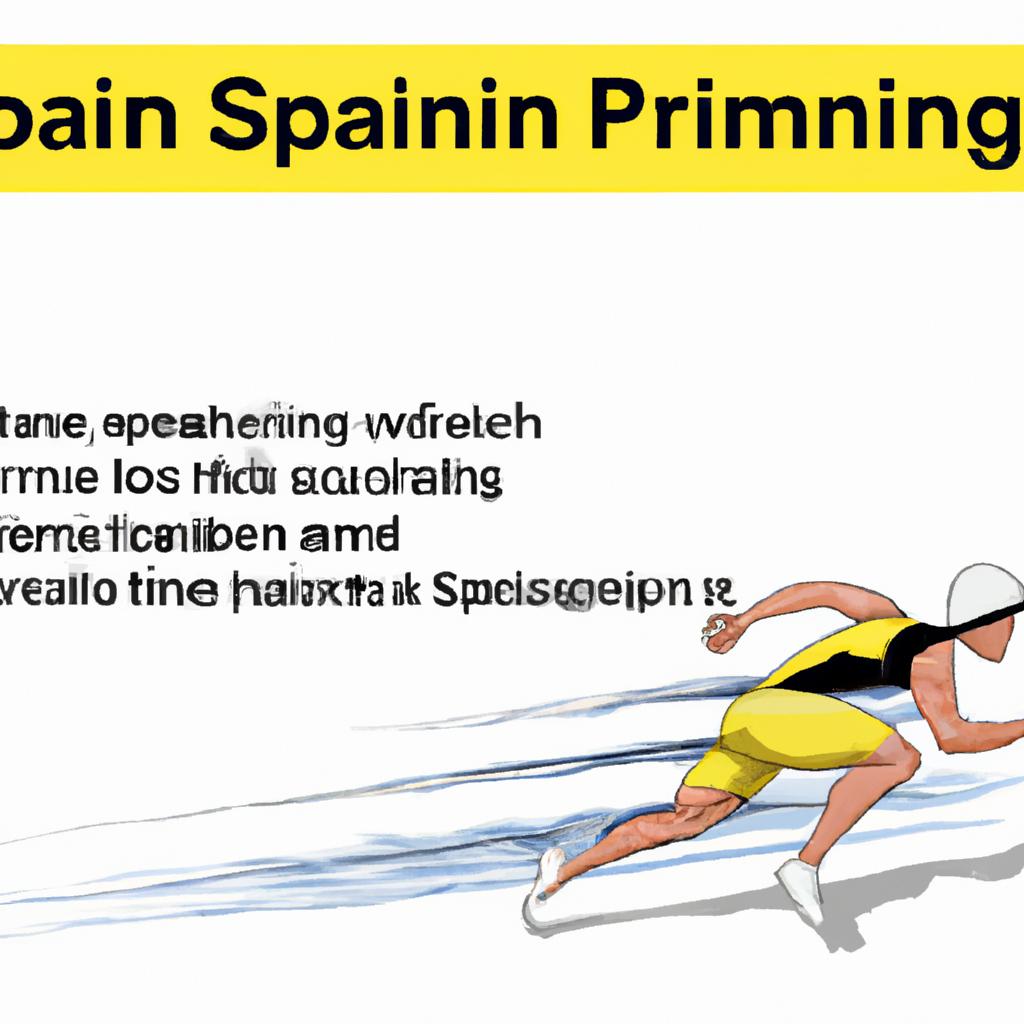Maximizing Speed: The Biomechanics of Sprinting and How to Optimize Your Form
# Maximizing Speed: The Biomechanics of Sprinting and How to Optimize Your Form
Sprinting is not just about speed; it’s a complex interplay of biomechanics, technique, and conditioning. Whether you’re a seasoned athlete aiming for a personal best or a beginner eager to enhance your fitness, understanding the mechanics of sprinting can have a significant impact on your performance. In this blog post, we will delve into the biomechanics of sprinting, offer tips for optimizing your form, discuss nutrition strategies, provide exercise advice, and highlight the health benefits of sprinting.
## The Biomechanics of Sprinting
### Understanding the Mechanics
Sprinting relies heavily on the principles of biomechanics, which is the study of movement in living organisms. When sprinting, your body undergoes a series of dynamic motions that require strength, flexibility, and coordination. Key components include:
– **Stride Length and Frequency**: Sprinting efficiently involves a balance between how far you reach with each step (stride length) and how quickly you can take those steps (stride frequency). Elite sprinters often exhibit longer strides paired with rapid foot turnover.
– **Ground Reaction Forces**: When your foot strikes the ground, it creates a force that propels you forward. The ability to generate and effectively use these forces is crucial for speed. Strong leg muscles, particularly in the quadriceps and calves, help maximize these forces.
### Importance of Body Position
Your posture and alignment play a pivotal role in sprinting efficiency. Maintaining an upright position with a slight forward lean can help optimize your mechanical advantage. Key points to focus on include:
– **Head Position**: Keep your head in line with your spine, looking forward rather than down.
– **Shoulder Relaxation**: Tension in your shoulders can hinder your arm swing. Relaxed shoulders allow for a more fluid movement.
– **Hip Alignment**: Proper hip positioning helps maintain balance and reduces the risk of injury.
## Nutrition Tips
Proper nutrition is essential for any athlete, especially sprinters. Fueling your body with the right nutrients can enhance performance and recovery.
### Carbohydrates for Energy
Carbohydrates are the primary energy source for high-intensity activities like sprinting. Aim to consume complex carbohydrates such as whole grains, fruits, and vegetables. Incorporating these into your diet ensures that you have the glycogen stores necessary for optimal performance.
### Protein for Muscle Repair
After intense training sessions, your muscles need protein to recover and grow. Lean meats, dairy, beans, and legumes are excellent sources. Aim for a post-workout meal that includes both carbohydrates and protein to aid recovery.
### Hydration
Staying hydrated is crucial. Dehydration can significantly impair your performance. Ensure you drink plenty of water throughout the day, and consider electrolyte-replenishing drinks during longer training sessions.
## Exercise Advice
In addition to sprinting practice, supplementary exercises can enhance your speed and overall performance.
### Strength Training
Incorporating strength training into your routine is vital. Focus on exercises that target the muscles used in sprinting, such as:
– **Squats**: Build strength in the quadriceps, hamstrings, and glutes.
– **Deadlifts**: Improve posterior chain strength, which is essential for powerful sprinting.
– **Calf Raises**: Strengthen the calves for better push-off.
### Plyometrics
Plyometric exercises, such as box jumps and bounding, can enhance your explosive power and speed. These exercises improve muscle elasticity and develop the fast-twitch muscle fibers essential for sprinting.
### Flexibility Training
Incorporating flexibility training, such as dynamic stretching before workouts and static stretching afterward, can improve your range of motion and help prevent injuries.
## Health Benefits
Sprinting is not only about performance but also offers numerous health benefits.
### Cardiovascular Health
Sprinting is an excellent way to improve cardiovascular fitness. It strengthens the heart, increases blood circulation, and boosts endurance.
### Weight Management
High-intensity sprinting can help burn calories more effectively than steady-state cardio, making it a great option for those looking to manage their weight.
### Mental Health
Engaging in sprinting can also enhance your mental well-being. The release of endorphins during high-intensity workouts can reduce stress, anxiety, and improve overall mood.
## Conclusion
Maximizing speed in sprinting requires an understanding of biomechanics, attention to proper form, strategic nutrition, and a well















Post Comment